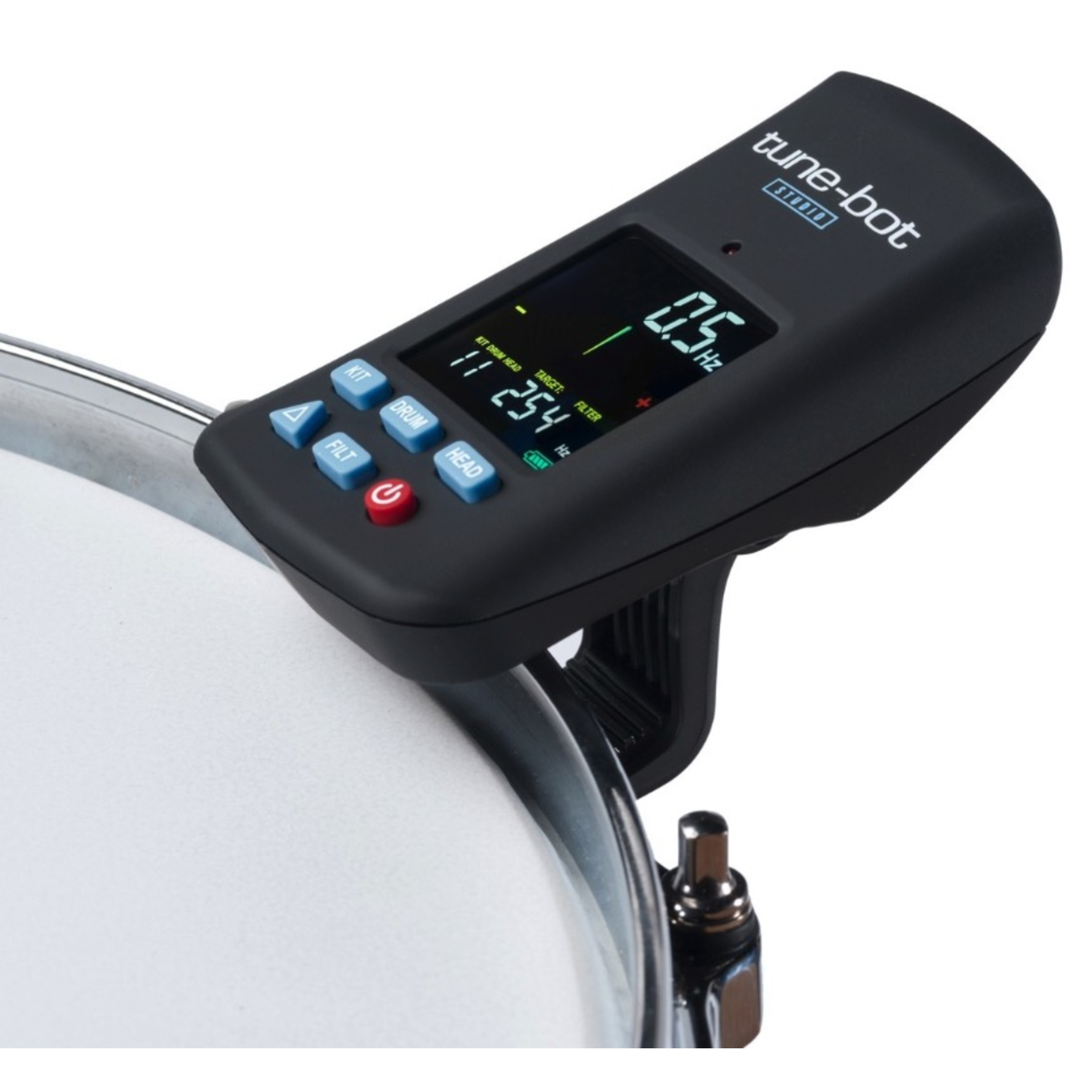
Once you remove the hoops and rods, take a cloth and wipe the edge of the drum shell to remove any dust.

Be careful to keep track of all the tension rods and claws. When it’s time to change heads, the old heads will need to be removed by loosening the tension rods and removing the hoops. Resonant heads don’t need to be replaced as often as batter heads you can usually change them every second or third time you change your batter heads. Kick drum heads generally last the longest. The snare drum is hit the most often, so it may need replacing more often. Generally speaking, if you play on a regular basis, it’s a good idea to change your batter heads every six months to a year. They produce a very controlled, focused sound with less overtones. These are also referred to as mufflers and are most commonly found on kick drums. Pre-dampened heads: Pre-dampened drum heads have a built in dampening system to control the overtones of the drum.Coated heads can be single- or double-ply. They’re also more durable than uncoated, or clear, heads. Coated heads: Coated drum heads have a sprayed-on coating that darkens the tone of the drum and reduces the amount of “ring” or overtones.They have a darker sound and are more durable. Double-ply: Double-ply drum heads sound darker and are better for heavy metal music and heavier, louder styles.This type of drum head is good for jazz and light rock. They produce a brighter sound and are the least durable type of head. Single-ply: Single-ply drum heads are the most common type of head.Drum heads are generally made of different types of plastic: There are many types of heads, so what type of head should you use? Each type of head produces a different tone, and some are more durable than others. The old heads won’t hold tune as well, and eventually they’ll wear out and break. After extensive use, the drum heads will need to be replaced. The more you play, the more your drums will need to be tuned. Decide if you’re starting with a new drum head or tuning your old oneĪs you practice, you may notice the tone of the drums changing. You’ll love your sound, and all it takes is following a few basic steps. Tuning your drums only takes a few minutes, but it’s well worth the time you put in. The vents also improve the stick feel of the drum. This allows the drums to “breathe” as the vibrations of the heads resonate. These little air holes are built into drums and allow air to escape the drum shell when the drums are hit. Vents may be easily overlooked, but they’re actually very important when thinking about how drums work. Coated heads generally sound a little “drier” and darker. Batter heads can also be coated or uncoated. Single-ply heads are louder and brighter but have less durability than the double-ply heads. Batter heads may be single or double ply. It controls the attack and “ring” (the unwanted overtones) of the drum. Since the resonant head isn’t directly struck, they can last longer than the top heads, but eventually they’ll wear out and need replacement. Thinner resonant heads are more sensitive, while thicker resonant heads are darker sounding. The resonant head will shape the overtones, or resonance, of the drum. The bottom head of the drum is called the resonant head. The tension rods are placed through the holes in the claws and then threaded into the lugs and tightened. The claws are metal pieces that fit over the hoops to secure the hoops to the shell. The number of lugs can affect the tuning stability and the sound of the drum. Some older vintage drums may have six lugs. The lugs are attached to the shell of the drum, and the threaded part of the tension rod is inserted into the lug. If one part of the drum is loose and another is tight, the drum won’t produce a good tone. When tuning drum heads, you’ll need to adjust this tension evenly across all the tension rods. As you might guess, the tension rods provide tension on the drum heads. One end of the tension rod is threaded the other end has a square head. The tension rods are placed through the hoops and tightened or loosened to achieve the sound that you want. This gives them a louder and brighter tone. Snare drum shells can also be made of metal.

Some drums have a natural, stained wood finish, and others have a “wrap,” a colored synthetic material that’s very durable. Each type of wood produces a slightly different tone. Maple, birch, oak, cherry, and mahogany are common woods used for drums. Each drum usually has a top and a bottom hoop, one for each of the drum heads. Snare drum and kick drum hoops are sometimes made of wood. The drum hoop is a round piece of metal that holds the heads onto the drum.


 0 kommentar(er)
0 kommentar(er)
